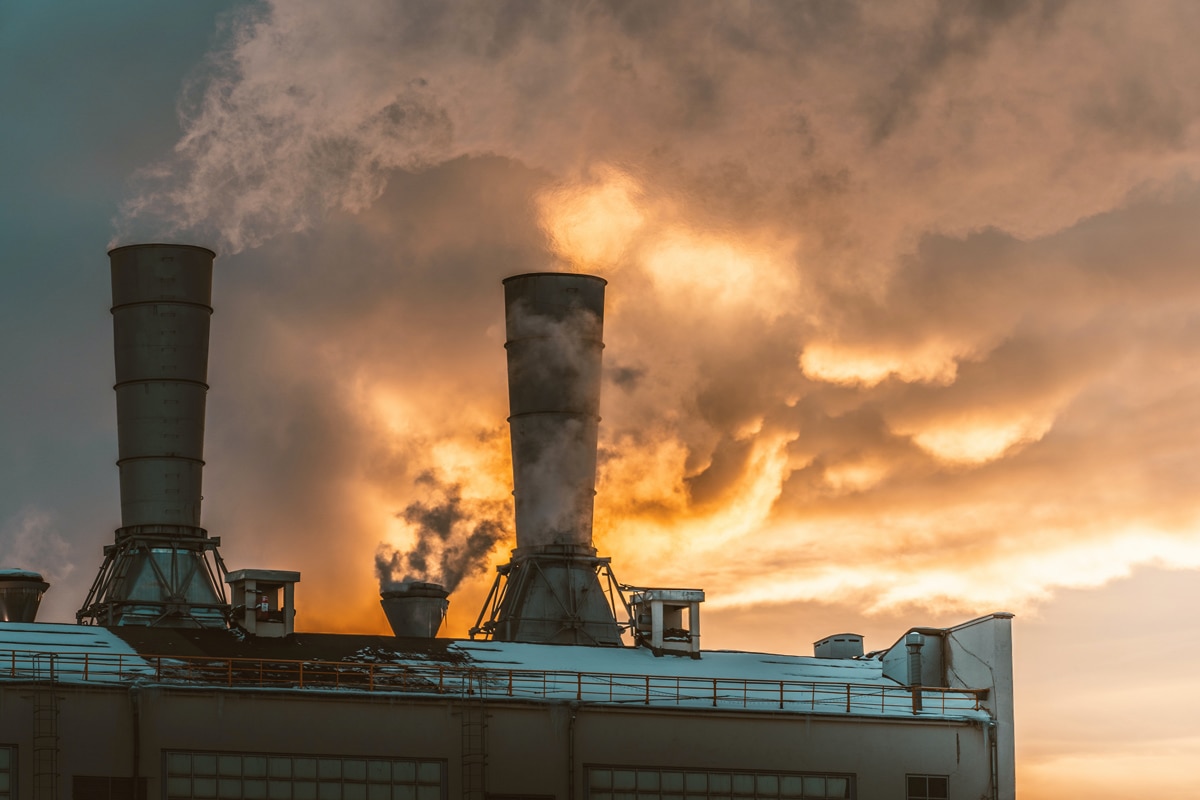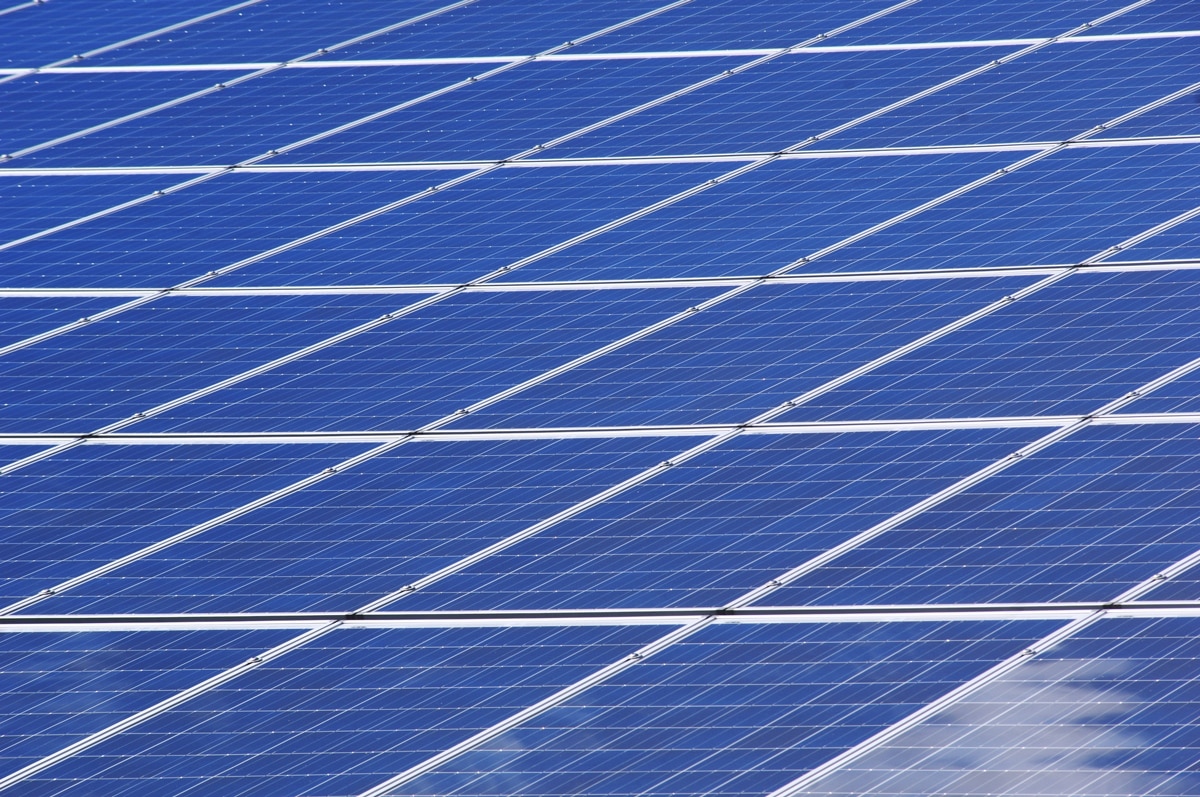Renewables to improve PH energy security, affordability | ABS-CBN
ADVERTISEMENT

Welcome, Kapamilya! We use cookies to improve your browsing experience. Continuing to use this site means you agree to our use of cookies. Tell me more!
Renewables to improve PH energy security, affordability
Renewables to improve PH energy security, affordability
BrandNews
Published Jan 20, 2022 09:00 AM PHT
The Luzon power grid was placed on Yellow Alert for a few hours last week, January 10 and January 11, despite the typically lower demand during the beginning of the year. Many coal plants were on outage in those periods, which led to low electricity supply.
The Luzon power grid was placed on Yellow Alert for a few hours last week, January 10 and January 11, despite the typically lower demand during the beginning of the year. Many coal plants were on outage in those periods, which led to low electricity supply.
Indonesia also declared a coal export ban last January 1, although this has eased last January 13. The world's leading coal exporter is the source of 98% of our imported supply, which is why it is no surprise that the Philippines joined Japan and South Korea in appealing to Indonesia to lift the ban.
Indonesia also declared a coal export ban last January 1, although this has eased last January 13. The world's leading coal exporter is the source of 98% of our imported supply, which is why it is no surprise that the Philippines joined Japan and South Korea in appealing to Indonesia to lift the ban.
Amid the increasing risks to the country's energy security, experts pose the transition to renewable energy (RE) sources as an increasingly more viable solution to expensive, imported, and intermittent fossil fuels.
Amid the increasing risks to the country's energy security, experts pose the transition to renewable energy (RE) sources as an increasingly more viable solution to expensive, imported, and intermittent fossil fuels.
The Renewable Energy Act of 2008 defines RE resources as renewable on a regular and relatively rapid basis, and includes biomass, solar, wind, geothermal, ocean energy, and hydropower. These resources are sustainable, clean, and widely available in the country, unlike fossil fuels such as coal, oil, and fossil gas. However, about 60% of the Philippines' energy still comes from coal and oil, according to 2020 data from the Department of Energy, while renewable sources provide only 34% to the mix.
The Renewable Energy Act of 2008 defines RE resources as renewable on a regular and relatively rapid basis, and includes biomass, solar, wind, geothermal, ocean energy, and hydropower. These resources are sustainable, clean, and widely available in the country, unlike fossil fuels such as coal, oil, and fossil gas. However, about 60% of the Philippines' energy still comes from coal and oil, according to 2020 data from the Department of Energy, while renewable sources provide only 34% to the mix.
ADVERTISEMENT
RE is becoming affordable and accessible. The Philippines, which is powered mostly by coal, is known to have the highest electricity prices in Southeast Asia, but renewables have the potential to lower power rates by 30%.
RE is becoming affordable and accessible. The Philippines, which is powered mostly by coal, is known to have the highest electricity prices in Southeast Asia, but renewables have the potential to lower power rates by 30%.
Experts say that transitioning to locally-generated RE can also help power the country's development.
Experts say that transitioning to locally-generated RE can also help power the country's development.
RE is also a more reliable source of power and is not prone to outages.
RE is also a more reliable source of power and is not prone to outages.
Further making the case for renewables is its ability to generate more jobs. RE jobs in fact grew in 2020 in the Philippines and worldwide despite the COVID-19 pandemic, according to last year's report of the International Renewable Energy Agency (IRENA) and the International Labour Organization (ILO), from 7.3 million jobs in 2012 to 11.5 million in 2019, and 12 million in 2020. IRENA and ILO estimate that the Philippine renewables industry may employ as many as 178,000 people, despite the pandemic causing delays in construction and mobility.
Further making the case for renewables is its ability to generate more jobs. RE jobs in fact grew in 2020 in the Philippines and worldwide despite the COVID-19 pandemic, according to last year's report of the International Renewable Energy Agency (IRENA) and the International Labour Organization (ILO), from 7.3 million jobs in 2012 to 11.5 million in 2019, and 12 million in 2020. IRENA and ILO estimate that the Philippine renewables industry may employ as many as 178,000 people, despite the pandemic causing delays in construction and mobility.
The agencies cited Department of Energy figures that in 2020, local solar PV jobs rose to over 41,000 from 33,700 in 2019. Hydropower jobs were estimated at almost 53,600, wind power at 23,800, solid biomass at 11,200, geothermal at 8,300, and biofuels at almost 2,900.
The agencies cited Department of Energy figures that in 2020, local solar PV jobs rose to over 41,000 from 33,700 in 2019. Hydropower jobs were estimated at almost 53,600, wind power at 23,800, solid biomass at 11,200, geothermal at 8,300, and biofuels at almost 2,900.
ADVERTISEMENT
Solar power in particular has been shown to be critical in powering disaster relief efforts, including for Typhoon Odette (Rai). Its nature as a cheap, fast and more reliable local energy source makes it a logical choice even in day-to-day activities at island and other isolated communities, particularly for women and children.
Solar power in particular has been shown to be critical in powering disaster relief efforts, including for Typhoon Odette (Rai). Its nature as a cheap, fast and more reliable local energy source makes it a logical choice even in day-to-day activities at island and other isolated communities, particularly for women and children.
In the long term, renewable energy is also increasingly the best way to power local development, according to groups such as WWF Philippines. Having locally-generated renewable energy can help lessen the nation's reliance on imported fuel and vulnerability to price volatility of fossil fuels, they say, which greatly contributes to high prices.
In the long term, renewable energy is also increasingly the best way to power local development, according to groups such as WWF Philippines. Having locally-generated renewable energy can help lessen the nation's reliance on imported fuel and vulnerability to price volatility of fossil fuels, they say, which greatly contributes to high prices.
This is why several groups such as The Climate Reality Project Philippines are encouraging voters to closely assess the platforms of the candidates for the upcoming elections in May to see if cheaper and more reliable energy is included in their agenda.
This is why several groups such as The Climate Reality Project Philippines are encouraging voters to closely assess the platforms of the candidates for the upcoming elections in May to see if cheaper and more reliable energy is included in their agenda.
Read More:
advertorial
BrandNews
life advertorial
energy
electricity
coal
fossil fuels
renewable energy
power
energy transition
ADVERTISEMENT
ADVERTISEMENT




